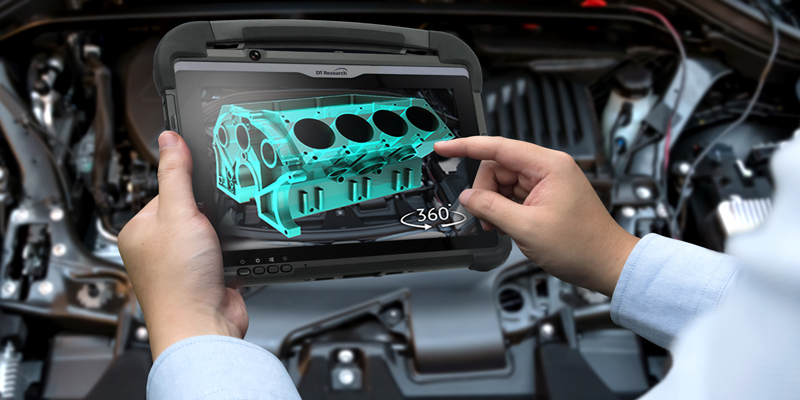
As the world accelerates towards a greener future, the adoption of electric vehicles (EVs) stands at the forefront of sustainable transportation initiatives. However, the widespread implementation of EV charging stations requires a robust infrastructure capable of supporting this transition. In this blog, we explore the critical role of rugged tablets in facilitating the rollout and maintenance of EV charging networks.
Understanding the Infrastructure Challenge
The exponential growth in EV ownership necessitates an extensive network of charging stations to meet the increasing demand. Establishing this infrastructure poses various challenges, including site selection, permitting, installation, and ongoing maintenance. Furthermore, ensuring seamless connectivity and operational efficiency across charging stations is paramount to the success of the EV ecosystem.
Rugged Tablets: A Game-Changer in Infrastructure Deployment
One of the key components driving the efficiency of EV charging infrastructure deployment is the utilization of rugged tablets. While the initial investment in rugged tablets may exceed that of conventional devices, their durability and functionality make them indispensable tools for infrastructure rollout and maintenance.
Durability and Reliability
Rugged tablets are purpose-built to withstand harsh environments, making them ideal for field operations associated with installing and servicing charging stations. Unlike traditional tablets, rugged variants are engineered to endure extreme temperatures, moisture, dust, and vibrations commonly encountered in outdoor settings. This resilience ensures uninterrupted operation, minimizing downtime and maximizing productivity.
Cost-Effectiveness Over Time
Although the upfront cost of rugged tablets may seem prohibitive, their long-term cost-effectiveness becomes evident over the lifespan of the device. The durability of rugged tablets translates into reduced repair and replacement expenses, offering substantial savings for businesses involved in EV charging infrastructure deployment. Additionally, the extended lifecycle of rugged tablets minimizes the need for frequent upgrades, further optimizing operational expenditure.
Enhanced Performance and Functionality
Rugged tablets boast superior performance capabilities compared to their conventional counterparts. Equipped with advanced processors and ample memory, these devices facilitate seamless data processing, real-time communication, and intricate mapping functionalities essential for site surveys and installation planning. Moreover, the absence of moving parts, such as fans, enhances reliability and minimizes the risk of mechanical failure, ensuring continuous operation in demanding environments.
Streamlined Maintenance and Support
Efficient maintenance of EV charging networks hinges on the accessibility and reliability of field devices. Rugged tablets streamline maintenance workflows by providing technicians with intuitive interfaces and comprehensive diagnostic tools. Equipped with integrated connectivity options, such as GPS and LTE, these ultra mobile computers enable remote monitoring and troubleshooting, reducing response times and enhancing service levels. Furthermore, rugged tablets offer compatibility with industry-specific software applications tailored to EV infrastructure management, facilitating seamless integration into existing workflows.
In the pursuit of advancing electric charging stations, the role of rugged tablets in infrastructure deployment cannot be overstated. These resilient devices empower stakeholders in the EV ecosystem to overcome logistical challenges, streamline operations, and ensure the reliability of charging networks across the country. While the initial investment may appear higher, the long-term benefits of rugged tablets in terms of durability, cost-effectiveness, and performance position them as indispensable tools for the sustainable future of transportation.
In summary, by embracing rugged tablets as integral components of infrastructure rollout and maintenance strategies, stakeholders can propel the electrification of transportation forward, paving the way for a cleaner, greener future.

